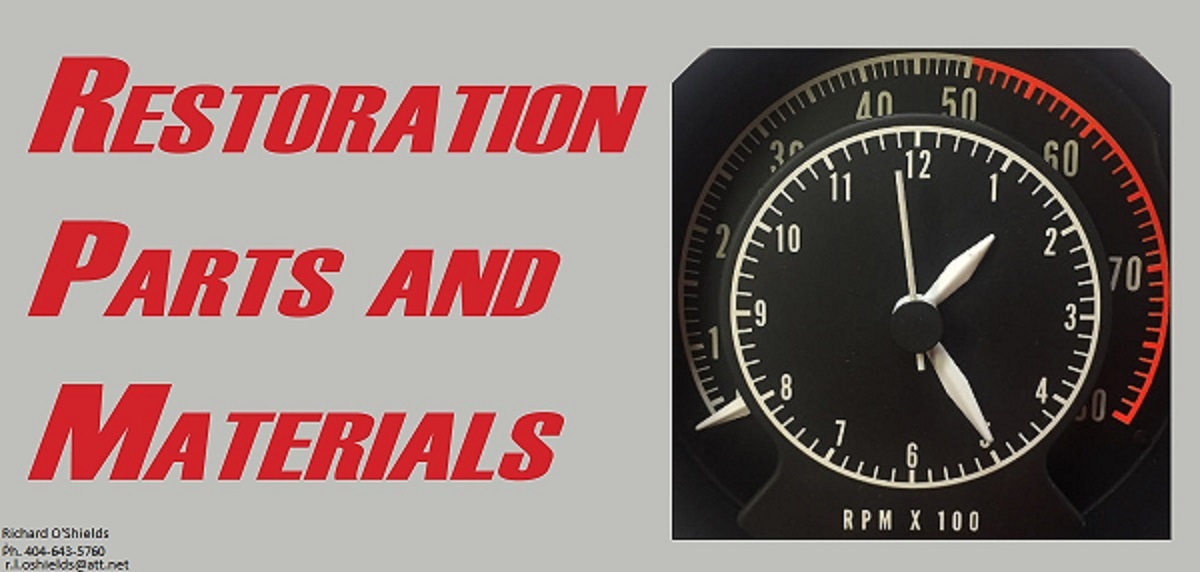You are using an out of date browser. It may not display this or other websites correctly.
You should upgrade or use an alternative browser.
You should upgrade or use an alternative browser.
'69 Polara ragtop
- Thread starter detmatt
- Start date
- Status
- Not open for further replies.
70NPORT
Old Man with a Hat
To each his own I guess, but it is extremely painful to gaze upon.
polara71
Old Man with a Hat
I like it ............
70NPORT
Old Man with a Hat
Quite you...I like it ............
polara71
Old Man with a Hat
Yes sir, ..........
Fratzog
Old Man with a Hat
That 300 looks like a quality restoration. Again not the way I would have done it but it would be a boring world if everyone did the exact same thing.
70NPORT
Old Man with a Hat
Yes, I agree it does manage to be "different" if nothing else.
Ironwolf
Senior Member
Have we reviewed this one?
http://detroit.craigslist.org/okl/cto/3998157015.html
It's back !!!! gee an awful lot of bids in such a short time !!! Hmmmm :yes_no:
Mouse here to zoom in
Image not available Photos not available for this variation <style type="text/css">.vi-hide-mImgThr {display: none;}</style><img id="icImg" class="img img500" itemprop="image" src="http://i.ebayimg.com/t/1969-Dodge-Polara-MOPAR-383-Crate-Motor-CONVERTIBLE-super-light-NO-RESERVE-NR-/00/s/MzU0WDEwMDA=/z/3cIAAOxyONBSXItg/$T2eC16dHJIIFHJ(Wug!)BS(Itg!Rsw~~60_12.JPG" style="" clk="" />
- Time left:
6d 06h (Oct 25, 2013 18:00:00 PDT)
Current bid:
US $13,100.00 shipping
[ 40 bids ]
Place bid
Enter US $13,200.00 or more
| |
[h=1][/h] [h=2]1969 Dodge Polara MOPAR 383 Crate Motor CONVERTIBLE super light NO RESERVE NR[/h]
eBay item number: 200975128919
Mr C
Senior Member
R/T badges need to be added to the list of things that should NEVER be done to a C body. How does the council vote?
Ironwolf
Senior Member
R/T badges need to be added to the list of things that should NEVER be done to a C body. How does the council vote?
Hmmm maybe !!!! Maybe not !!!! :3gears:
[h=1]King of the 1970 Rapid Transit System[/h]By Mike Mihaylov+ On January 16, 2013
In our humble opinion, no other car quite epitomized the American penchant for muscle in the late 60s early 70s like the aircraft carrier-sized 1970 Plymouth Fury. The largest Fury model (the III) represented roughly 18 feet worth of chrome and steel supported by a wheelbase measuring a full ten feet and carting around a trunk ready to carry 21.5 cubic feet worth of whatever 70′s road warriors wanted to pour into it. Even the smallest standard Fury engine (a now almost inconceivably mighty 318 V-8) was practically an iron ore asteroid sized piece of machinery, and the largest available (a big-block Super Commando 440 V-8 with a six-barrel carburetor prepared to pump out 390 horses) was so frickin’ large, one could be forgiven for mistaking it for a small moon or even … a space station.The Fury was undeniably at the apex of high-performance 70s automotive engineering, with a driveline, a suspension, brakes and tires suited to its outlandishly luxurious whole.
“Rushing Off in a Huff Doesn’t Make it, Driving Home in a Fury Makes it.”
There’s no real record of exactly why, but just as their competitors were shedding their muscle car lines Plymouth decided to introduce a muscle car as ridiculously full-sized as the Fury. But introduce it they did and they were exuberant even boastful about having done so. No really, Plymouth’s ad campaign for the Fury and its siblings was all like: “Everybody offers a car. Only Plymouth offers a system, a total concept in transportation that goes beyond eight pistons and a steering wheel.” For some reason Plymouth got it into its head that any old automaker could build “a” car with a big engine, so they offered a “System.”Plymouth’s “Rapid Transit System” offered muscle enthusiasts an odd but alluring selection of “amenities” that ranged from so-called supercar clinics hosted by members of Plymouth’s racing team – where they could learn to tune and modify their vehicles for racing and slots in sanctioned racing events to high performance parts available not from specialty suppliers but from your local Plymouth dealer. Wasn’t it all just something else?Mr C
Senior Member
That makes no sense...Plymouth never used R/T badging- ever.
commando1
Old Man with a Hat
gawdamm that makes me horny
Almost equal length forward and backward from the front and rear door lines. Cockpit in the middle.

Almost equal length forward and backward from the front and rear door lines. Cockpit in the middle.

Ironwolf
Senior Member
70NPORT
Old Man with a Hat
Mr C
Senior Member
Yup...just look at the colour selection! Today's cars make me sick. Driving to work is a sea of white, silver/grey, black. Hardly any blue or red even anymore. There's the odd stand out but mostly, blah.
Ironwolf
Senior Member
Now those were the GOOD OLD DAYS !!!!!!!!!!!! Name your option !! Pay your price ...............  ccasion14:
ccasion14:
70NPORT
Old Man with a Hat
Some performance cars today are pretty fast I'll give them that, but the testosterone fueled swagger and "in your face" badness is gone forever....like its a bad thing to go fast, make noise and take names. The ultimate symbol of that IMO is the mopar "pistol grip" shifter....but I guess all dudes want to be like Robin Thicke these days.
Ironwolf
Senior Member
Some performance cars today are pretty fast I'll give them that, but the testosterone fueled swagger and "in your face" badness is gone forever....like its a bad thing to go fast, make noise and take names. The ultimate symbol of that IMO is the mopar "pistol grip" shifter....but I guess all dudes want to be like Robin Thicke these days.
Its no MOPAR Big block !!!!!!
Fratzog
Old Man with a Hat
Ironwolf thanks for the informative and entertaining posts. Those ads are fabulous. Just out of curiosity were SF GTs available with the stripes deleted?
- Status
- Not open for further replies.
Similar threads
- Replies
- 0
- Views
- 274
- Replies
- 0
- Views
- 670
- Replies
- 2
- Views
- 408






























